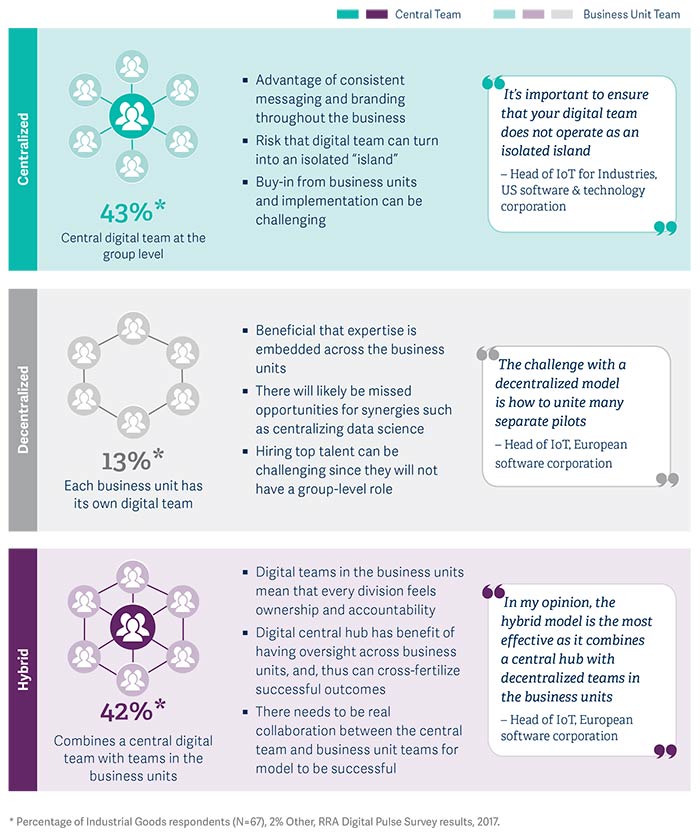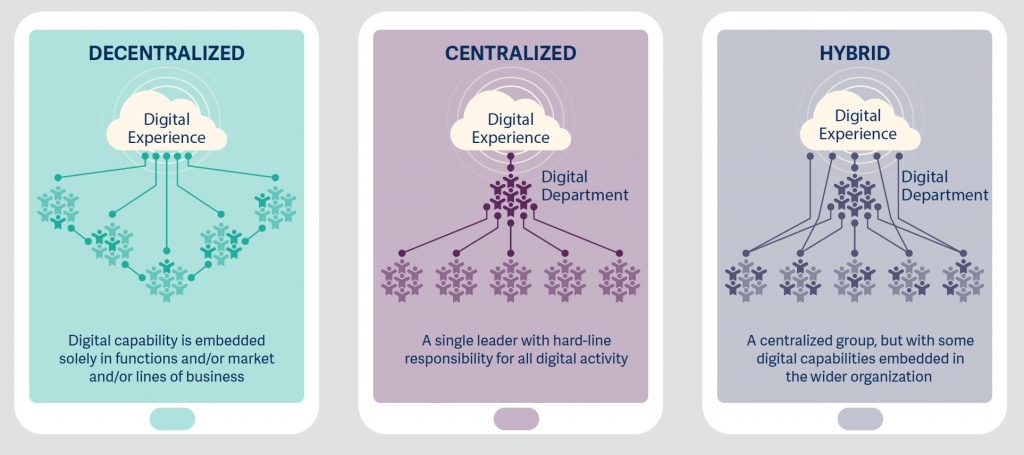Decentralized Leadership in Business
A decentralized leadership structure is where decision making is delegated by top level management to individuals within the company. This allows more time for top level management to focus on making larger decisions. Decentralized leadership inspires lower level management to come up with creative and innovative ideas.
Pros and Cons of Decentralized Leadership
The advantages of decentralized leadership include:
- Employee empowerment
- Relieves the burden of business operations from business owners and top managers
- Helps companies prepare for company emergencies when top management is not able to be present
- Decision making becomes more efficient
- Allows more room for growth and easier expansion
Some Disadvantages:
- Losing an element of control over the day-to-day operations.
- Less effective with inexperienced employees.
- If values of org aren’t understood by decision makers, you risk diluting culture when different leaders make decisions for different reasons.
- Managers can have different overall plans and a different agenda.
- Administrative expenses tend to increase.
How to build a company structure with decentralized leadership?
In order to build a decentralized business structure, it’s important to begin by looking at how you can adjust your company’s culture. Next, it’s important to train your teams on how to collaborate, communicate and use their skills. Lastly, it’s essential to look at each employee individually and find a way and a place where they can help better the company to increase ROI.
To keep employees on task it’s also important that employees understand their purpose and their part of the new company structure. In addition, it’s recommended that a team of “intrapreneurs” is created. Intrapreneurs are put into a company’s structure to keep innovation flowing throughout. This type of team works a lot on company product development and marketing. Finally, it is essential to make sure that your company has one common goal to achieve. Having one common goal for a company unites employees and influences them to work together even if they are not placed on the same team.



